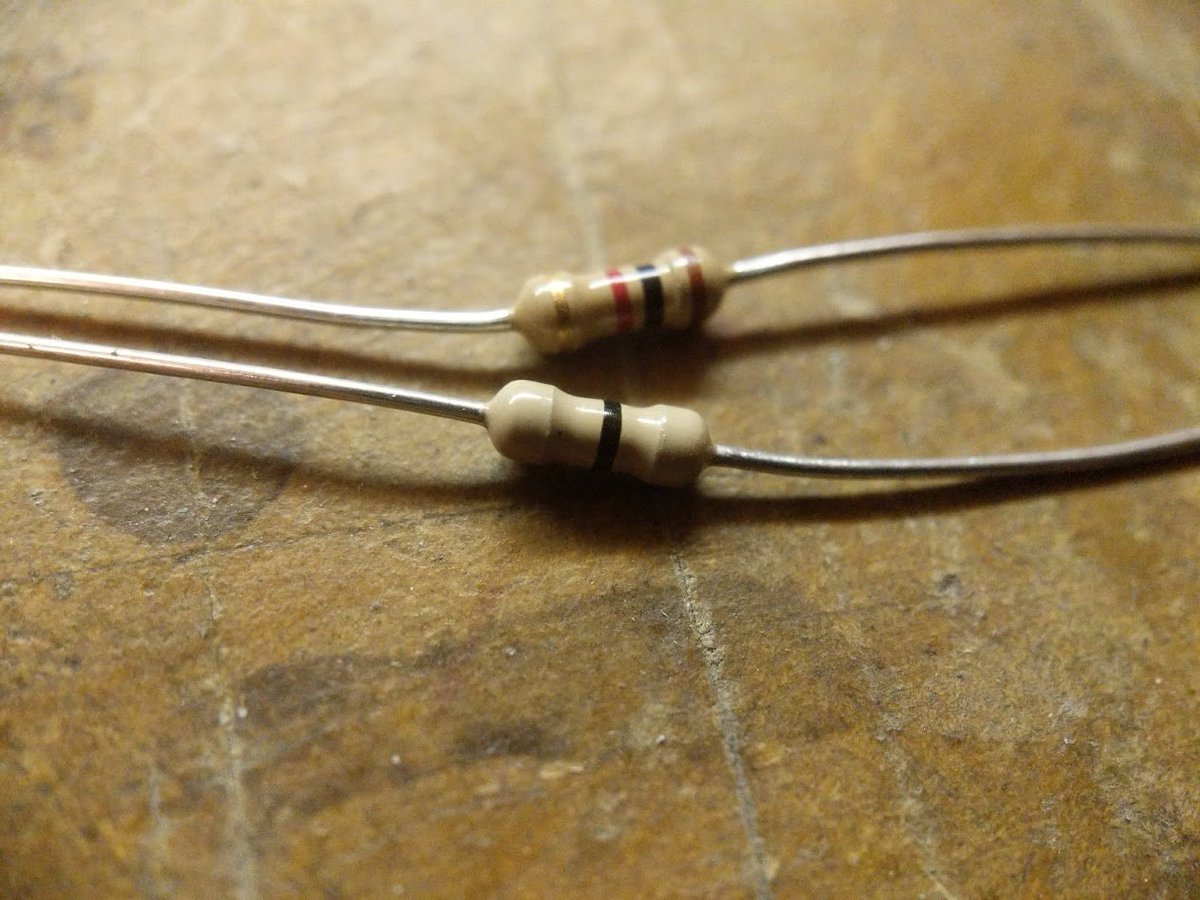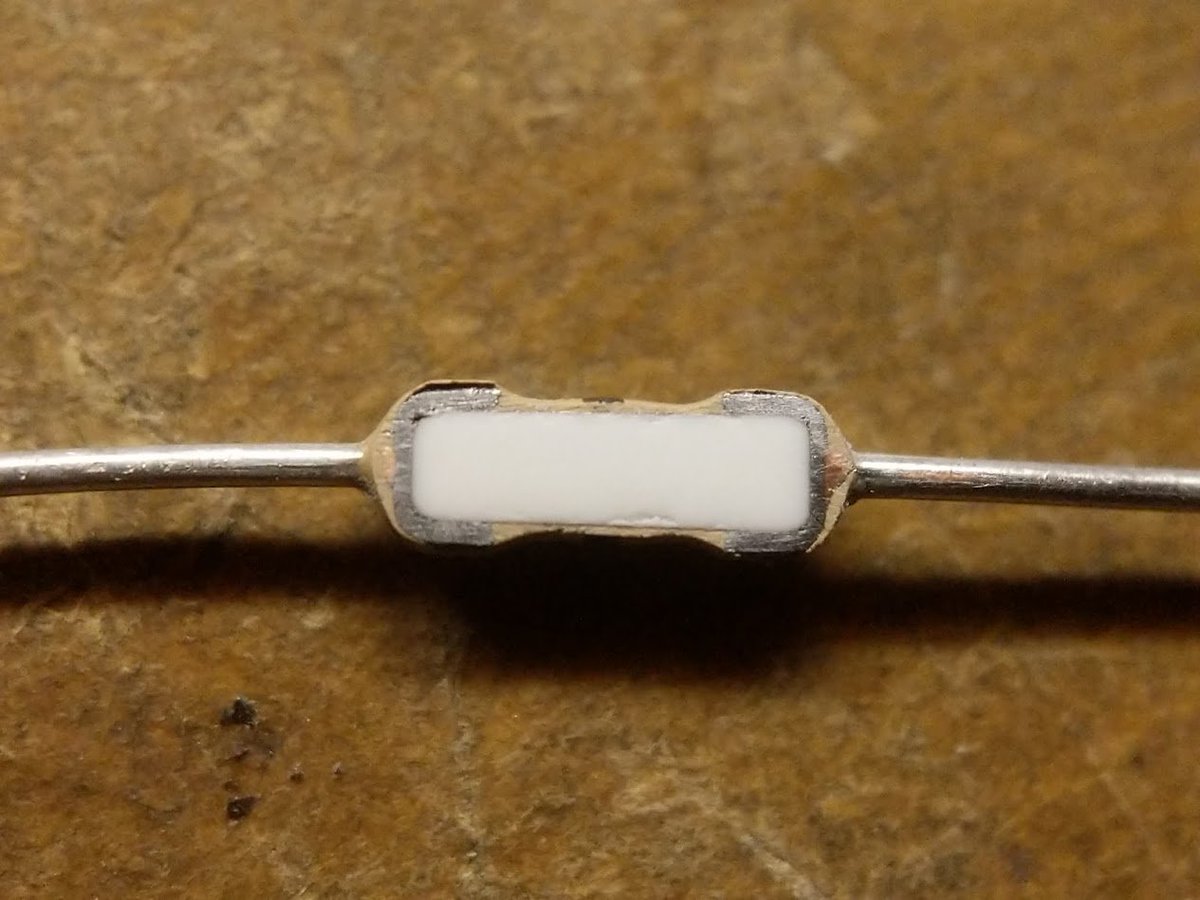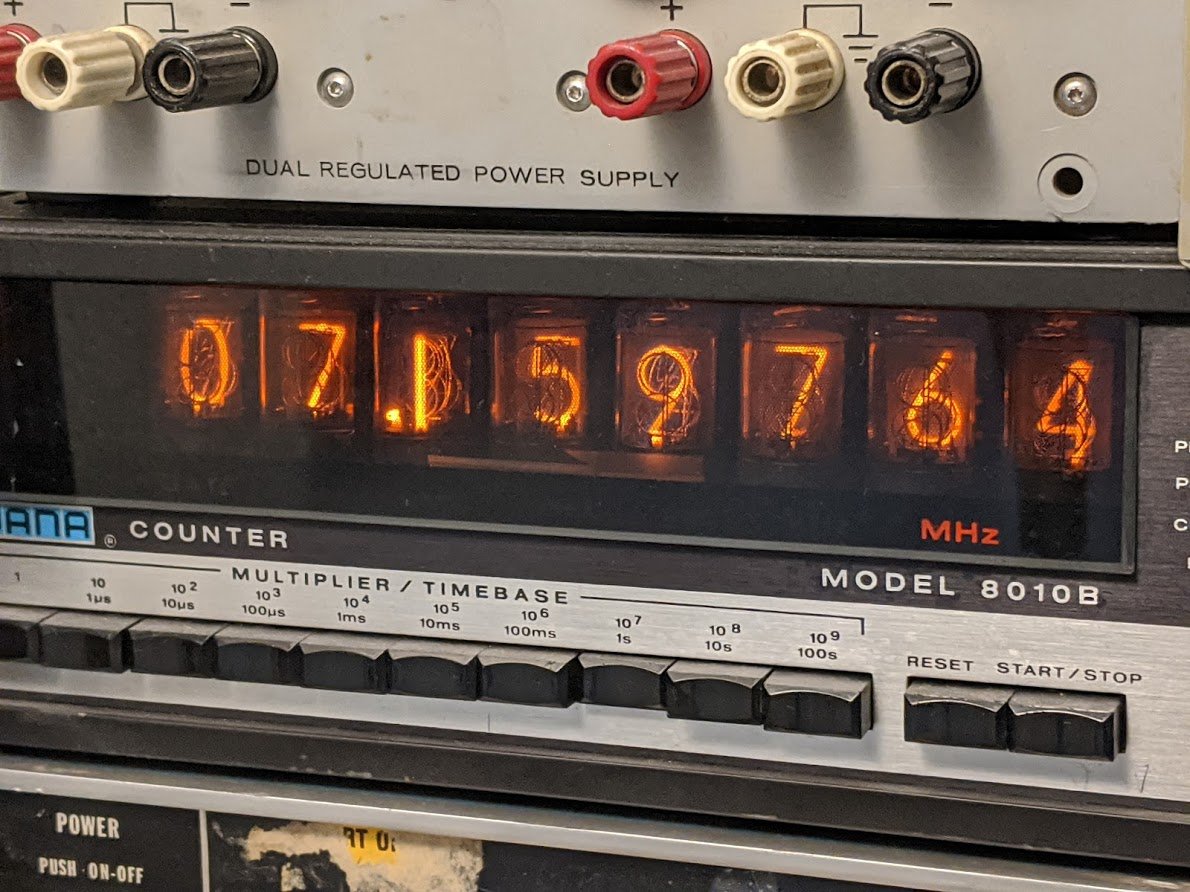
recently i found a surprisingly interesting IC socket. it looks like an ordinary socket BUT there's a patent pending notice on it, and... 

i pulled the lid off of it, and the bottom half appears to have some circuitry inside it. you can see some traces on a circuit board through the gap in the molded plastic. 

the contacts look like they were originally meant for IDC connectors. but they've been soldered down and bent up. 

anyway i went and ohmed it out, and it's mostly straight through but there are some interesting exceptions.
i got 4 sockets, and two of them have the part number 930179-28, and are wired like this:
(socket, pin)
22->2
23->20
2->23
20->27
(pins 22, 26 are n/c)
(socket, pin)
22->2
23->20
2->23
20->27
(pins 22, 26 are n/c)
the others are 930172-28:
(socket, pin)
1->28
2->23
20->22
22->27
23->20
27->28
28->28
(socket, pin)
1->28
2->23
20->22
22->27
23->20
27->28
28->28
that pattern reminds me of something
highlighted are the pins remapped by the socket. these pins are commonly swizzled on various types of ROM chips. 

there's a company in the UK but they don't have anything to do with sockets. time to do some patent searches
here's another patent by them. looks like they were experimenting with the design of the contacts. this one uses a combined pin+socket that is installed and soldered, and then the connection between them is cut later on. 

this patent is probably the most interesting. the wiring on the PC board has been replaced by a chip! 

the chip is a crosspoint that allows different combinations of pins to be connected to each other by blowing fuses. 



so their idea is to sell adapter sockets for a bunch of common configurations (EPROM to ROM and the reverse) but then to offer a universal adapter and a programmer that lets you configure whatever pinout conversion you want!
once you set your pinout, the programmer just blows fuses in the socket to configure it and then you are done!
i was toying with the idea of making this using surface mount fuses. the smallest you can get is 0402, looks like. 

the problem is that you need a whole lot of fuses. a 14-pin DIP adapter would need 196 fuses to handle every possible connection! a 28-pin DIP would need 784!
you might be able to simplify the design by going with a routing topology. basically you have a fuse to connect each socket to the corresponding pin. then you have a fuse for each pin to connect it to a routing bus.
you probably only need 4 to 5 routing buses total which should be able to handle most EPROM->ROM converters
so that would be 28 + (5*28) = 168. that's still too many fuses, lol
you could probably cut that number down by assuming that about half the pins are exactly the same for both EPROM and ROM. so now we're down to maybe 84 fuses. still ugly.
you might be able to use PCB trace fuses instead. basically have 10 mil traces for routing with nice fat vias, but then neck down to 3-4 mil in certain spots
the problem is that you're not going to get a clean cut. it'll get hot and burn the FR-4 material, turning the resin into carbon. carbon is conductive, so you'll have a resistor instead of an open circuit.
it's probably better to just fab up a custom board for every adapter type that you need, particularly now that PCBs are so cheap. i'd still like to be able to get the metal contact pins and sockets though, that's a clever trick.
the problem with the existing solutions is that they don't stack. Flip Pins (from @PhilipFreidin) require through holes and would interfere with the sockets on the other side of the board.
the nice thing about the design in the patent is that the contact is all one piece. you can make a jig to hold them, slip the PCB in, and then solder it all. if you apply solder paste to both sides of the PCB you could even run it through reflow. then you cut the connecting band. 

i've made adapter boards before and gotten away with staggering the pins and sockets in a zig-zag pattern. it's not ideal but it works.
https://twitter.com/TubeTimeUS/status/1144373940044750848
• • •
Missing some Tweet in this thread? You can try to
force a refresh


















